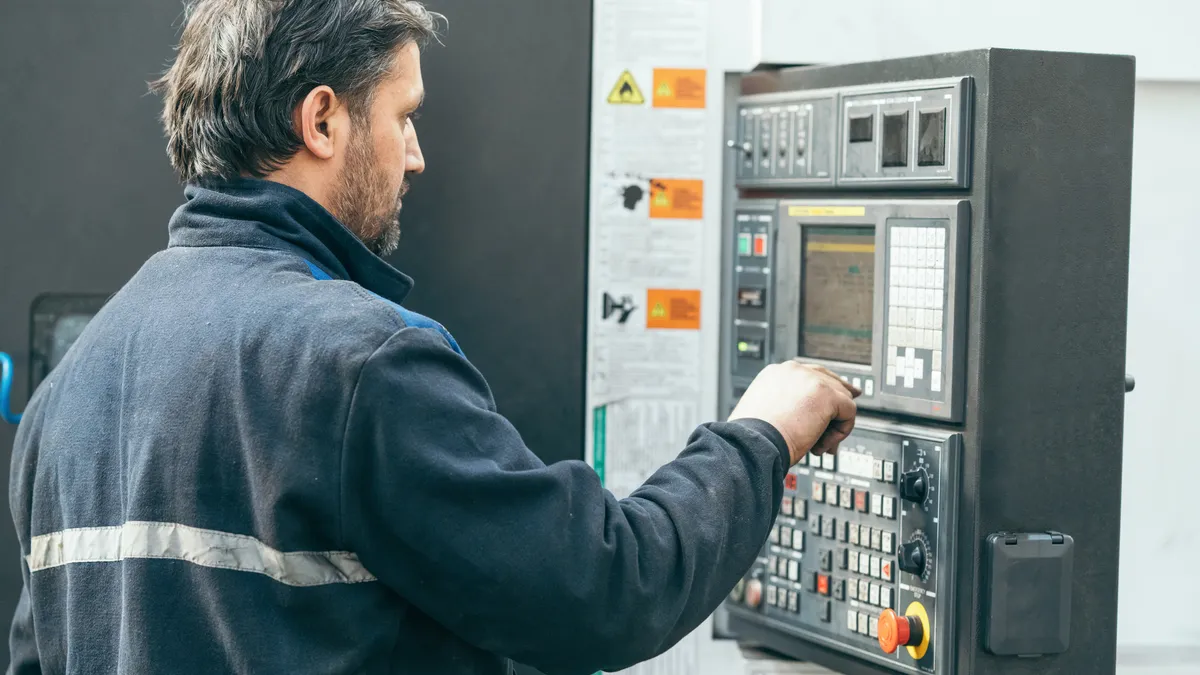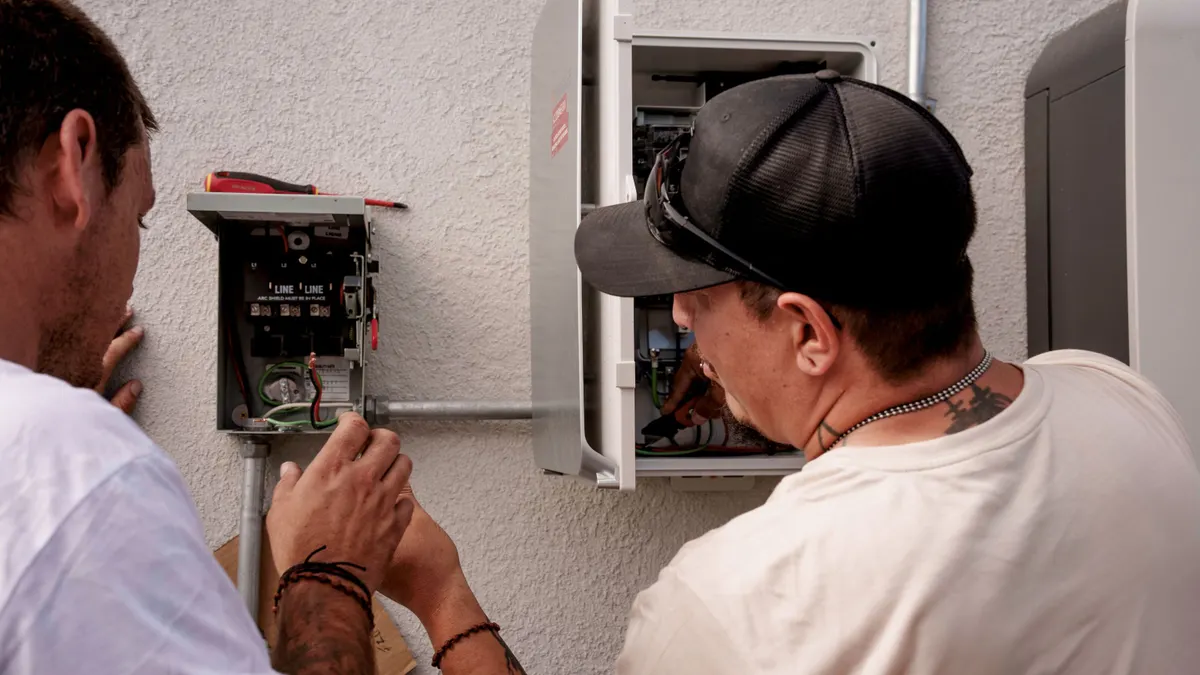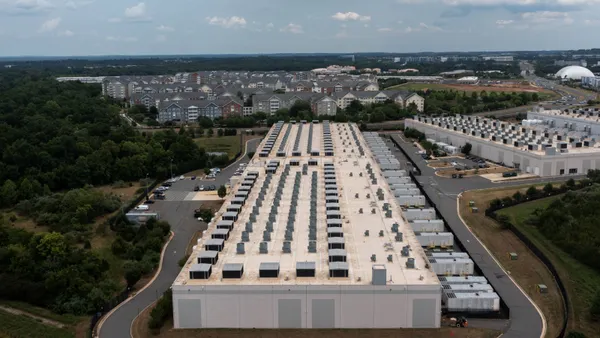Facility managers that operate buildings with standardized, best-in-class HVAC control sequences can unlock smarter building operations that go beyond energy savings, design experts say. But before control sequences can be standardized, operators should assess legacy systems and adopt operational best practices, HVAC specialists said in a webinar earlier this month, ASHRAE 36 Demystified.
The control sequences in ASHRAE Guideline 36 are designed as an energy reduction tool but also an energy improvement and lifecycle management tool, Bernard Clement, portfolio leader of healthy building solutions for Johnson Controls, said in the webinar. By speaking the same language from design to operations, the guideline helps to drive costs down, he said.
“The purpose of the guideline is to collect all the best practices in the industry [while] leaving the room to engineers to customize to end users,” Clement said.
Using the guideline as a baseline can result in a reduction in HVAC energy consumption by 30%, cutting temperature dissatisfaction by 50% by reducing occupant sensation of “coldness” and improving perceived air quality, Clement said.
The guideline can also simplify – and enable suppliers to automate – deployment by reducing design engineering time and programming and commissioning, he said.
The guideline is based on four principles, according to a presentation included in the webinar: 1) if you don’t need it, turn it off, 2) if you don’t need it at full power, turn it down; 3) mitigate simultaneous heating and cooling and 4) reduce infiltration and outdoor air.
To determine whether a facility and its team are ready to implement ASHRAE 36, Clement and Johnson Controls provided a checklist that starts with reviewing the four principles. Other items to check off: understanding how standardized sequences improve energy efficiency, occupancy comfort and fault detection, among other building performance metrics, and knowing how the ASHRAE 36 sequences differ from traditional control sequences.
Operators should identify which buildings or systems are candidates for ASHRAE 36 implementation, set measurable goals for performance improvements (energy savings, reduced maintenance), align teams on the benefits and requirements of the guideline, and become familiar with local code requirements, according to the checklist.
After assessing these and other factors – like whether legacy systems can support the guideline and how your team handles data – operators can contact vendors for a legacy system evaluation and explore ASHRAE 36-ready building automation solutions.










